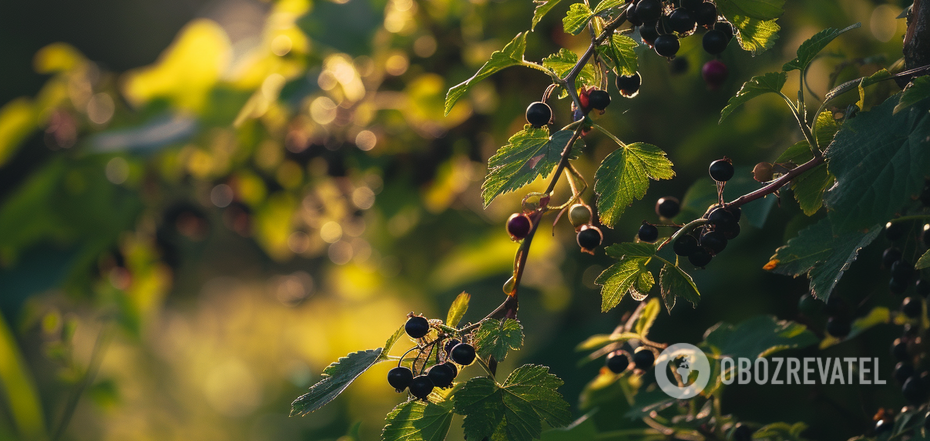Life
What to feed currants with immediately after winter and what mistakes to avoid
In order to produce a juicy and sweet berry crop, the blackcurrant bush intensively consumes the necessary substances, quickly depleting the soil. Therefore, without proper care, the plant may begin to produce small and sour berries after a fruitful year, so it is extremely important to fertilize the soil.
Experts say that both mineral fertilizers and organic matter are needed to fertilize this berry bush. Moreover, the key is to fertilize in early spring when the plant has not yet fully awakened, and in the fall after the fruiting season. OBOZ.UA tells you how to do it right to avoid common mistakes.
How to fertilize currants in spring
The berry bush begins to wake up after winter with the first warmth. At this time, currants need nitrogen to form new strong branches and healthy leaves, as well as potassium and phosphorus to support flowering.
To provide it with these elements, you can sprinkle nitrate, urea, or ammonium sulfate on the ground under the currant bush after the snow melts. Urea is also applied in the form of a solution. To do this, it must be diluted at the rate of 10 grams per 10 liters of water. Use this amount of the finished liquid per 1 square meter of land. Nitroammophoska is also a good choice. It is taken at the rate of 25 grams per 10 liters of water. This solution provides currants with minerals.
As for organic fertilizers, the plant needs to be watered with water-infused chicken manure. You need to keep it for a week, then dilute it with water and water the bushes. Do not apply organic matter under the plant in its pure form. Currants do not tolerate excessive fertilizers and it is better to feed them a little less than to overdo it with nutrients.
How currants are fertilized during flowering
When the bushes begin to bloom, they need phosphorus and potassium. Therefore, during this period, it is best to use nitroammophoska or superphosphate. Mullein infusion, wood ash, or bone meal are suitable organic fertilizers. At this stage, you should also be careful about fertilizing currants.
Fall fertilization of currants
After the end of the season, currant bushes need to be allowed to recover. At this stage, the plant needs potassium and phosphorus again, so superphosphate or potassium sulfate will be appropriate for berry care. The appropriate mixture is applied to the soil around the bush to a depth of 5-7 cm immediately after thorough watering.
Compost is a good organic fertilizer for currants in the fall. It covers the soil around the bush. For each plant, use about a bucket of ready-made compost mixture.
How not to make mistakes in caring for currants
First of all, it is important to properly protect the berry bush from diseases and pests. The plant is very sensitive to so-called "natural" remedies such as soap, pepper, or garlic. They will only cause additional damage to it. Therefore, it is better to rely on specialized products like insecticides, fungicides, etc.
The second mistake is to think that the plant will do well without additional watering. Yes, currants tolerate drought relatively well, but this has a bad effect on their yield. Therefore, about 2 buckets of water should be applied to each bush at least once every 2 weeks.
Finally, do not use boiling water to protect the plant. Some gardeners believe that hot treatment can destroy pests and infections on the bush. In fact, boiling water will only damage the buds on the plant. Therefore, it is better to refuse such care.
Subscribe to OBOZ.UA on Telegram and Viber to keep up with the latest events.



























